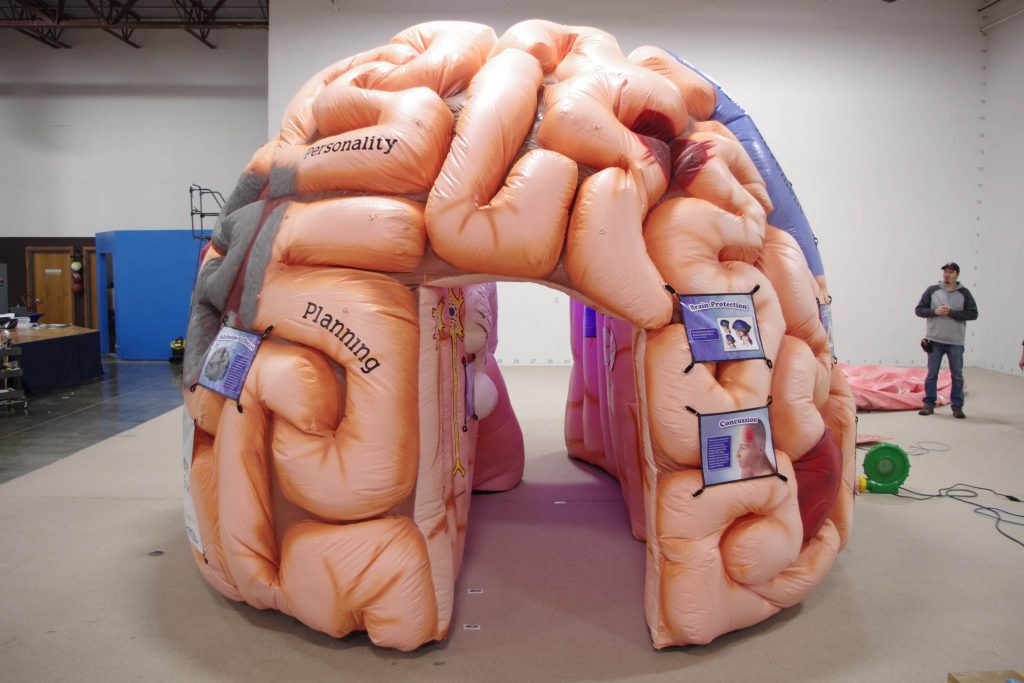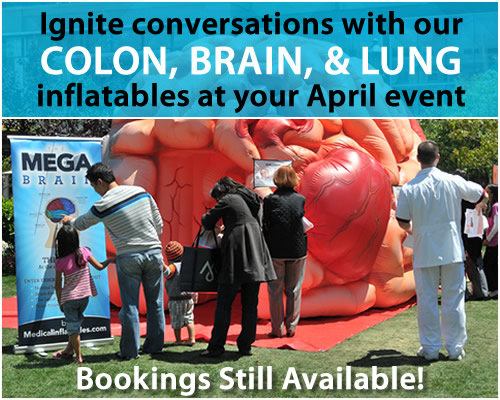
They might come in fun flavors like cotton candy and crème brulee, but that doesn’t make e-cigarettes safe. They “pose a serious public health risk,” said Scarsdale High School student Jack Waxman.
Waxman was one of dozens of New York teens MEGA Lungs and MEGA Brain educated about addiction during a recent Northeast tour. At an “Escape the Vape” event at Westchester Medical Center students toured MEGA Lungs, participated in a scavenger hunt, and learned about lung health. Lessons supported students’ work as ambassadors, teaching their peers about addiction and the importance of a drug-free life.
As she toured the MEGA Lungs, Giana Bartko of Ardsley High School said “the benefits of being drug free outweigh the negatives. It’s so worth it to be drug free.”

Mega Lungs on “Dr. Oz”
MEGA Brain partnered with the Scarsdale Task Force on Drugs and Alcohol to show Scarsdale Middle School students how drugs affect the brain. The Scarsdale Council of Parent-Teacher Associations also brought MEGA Brain to Scarsdale High School for STEAM day. “It was amazing,” said Scarsdale PTA parent Kathleen Campbell. Emily Vallario with the Scarsdale Task Force on Drugs and Alcohol was also impressed. “Kids were engaged,” she said.

At Scarsdale Middle School our in-house health educator (who also is a paramedic) spent the day speaking with 7th graders about the dangers of drugs and how it effects the brain. Through out the day, the students came in for 30 minutes. Our health educator would explain the effects of marijuana especially it’s long term effects. He touched on cognitive impairments and structural and functional changes. Our health educator also spent time talking out other drugs like methamphetamines, opiods and alcohol. Each presenation would begin with students gathered around the outside of the brain. Then they played a game of telephone with them with their ears muffled to simulate drugs effects on the receptors transmitting information. Afterwards students walk them through taking them through various parts of the brain and focus in on the features.

